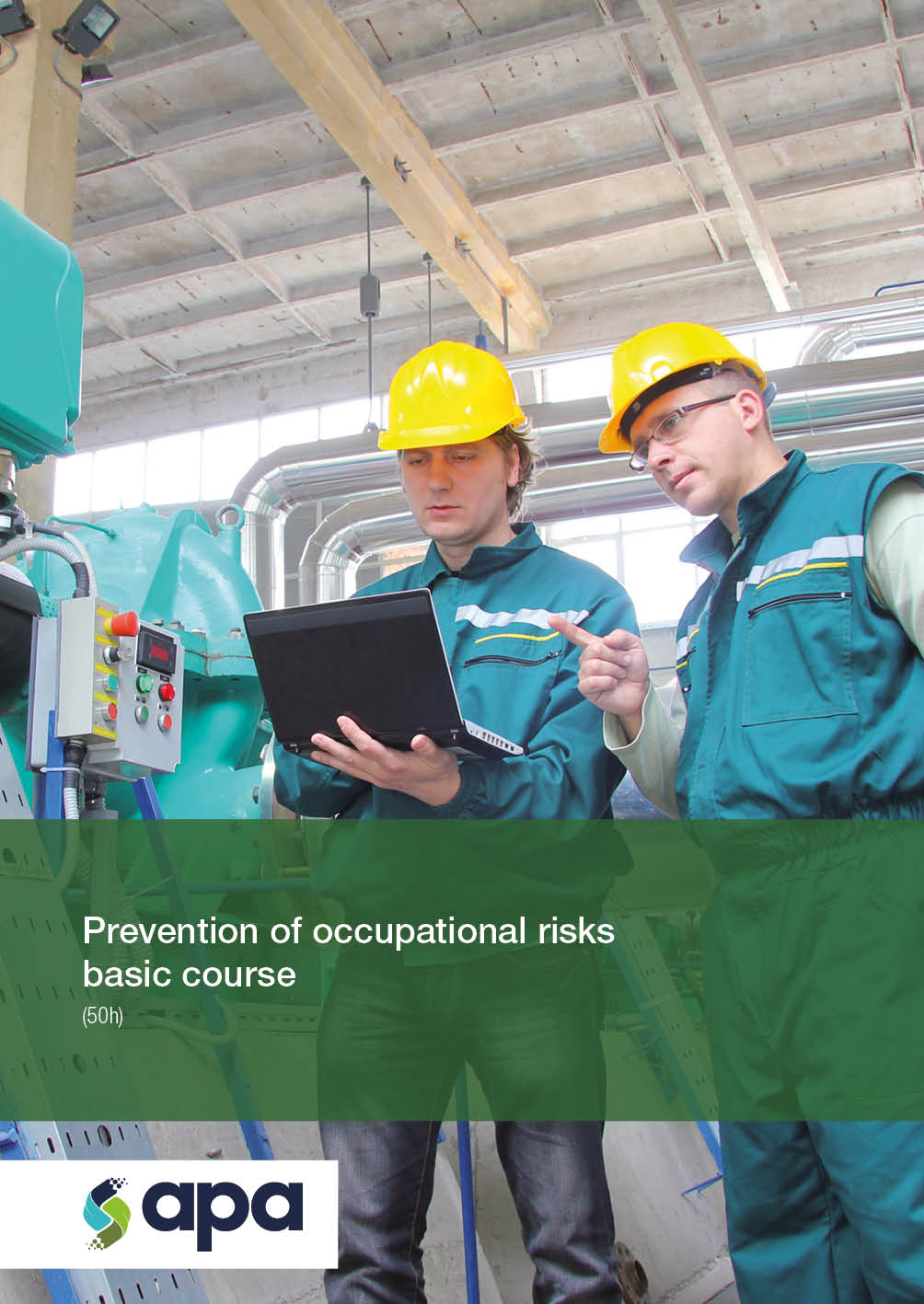Descripción
In November 1995, following the transposition of a European directive, the Occupational Risk Prevention Law was published in Spain. Since then, a significant number of regulations have been issued to facilitate its development and practical application.
This new regulatory framework introduced, for the first time, a new preventive culture—a concept that was practically unknown in our country until then. It is true that there was extensive legislation protecting workers who suffered harm, whether from an accident or an illness resulting from their work. However, from the enactment of the Occupational Risk Prevention Law onwards, such protection was deemed insufficient; the primary objective shifted to prevention, that is, avoiding harm to workers as a consequence of their work.
Within this new regulatory framework, a series of concepts, rights, obligations, and requirements emerged, which will be addressed in this manual. The goal is that, by the end of this course, the student will be qualified to effectively perform the functions that current legislation assigns to Basic Level Technicians in Occupational Risk Prevention. These functions are:
a) Promoting safe behavior and encouraging workers’ interest and cooperation in preventive actions.
b) Promoting basic preventive measures and monitoring and controlling their implementation.
c) Carrying out basic risk assessments and, where appropriate, establishing preventive measures.
d) Assisting in the evaluation and control of general and specific risks within the company, through inspections, addressing complaints and suggestions, recording data, and performing any other necessary similar tasks.
e) Acting in case of emergencies and providing first aid, managing initial interventions as needed.
f) Cooperating with prevention services, when applicable.





Valoraciones
No hay valoraciones aún.